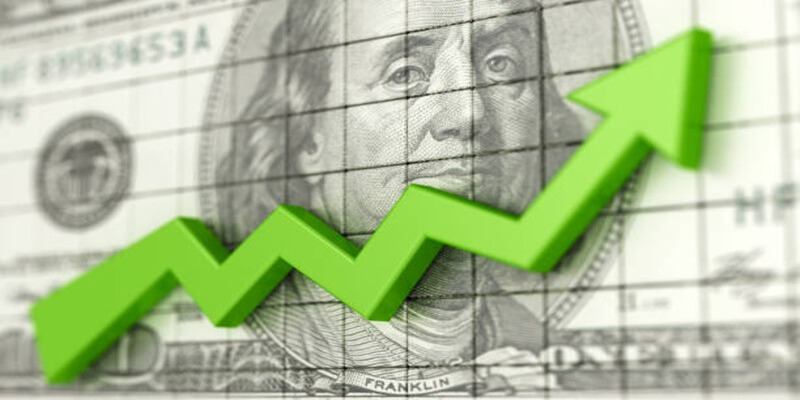
President Bill Clinton, who served from 1993 to 2001, implemented a series of economic policies that shaped the trajectory of the U.S. economy. These policies, which included tax reforms, budget control measures, and a strong focus on free trade, led to significant economic growth, job creation, and a reduction in the federal budget deficit. This period is often remembered as a time of prosperity, with the economy witnessing a sustained period of expansion. However, the effects of Clinton's economic policies are multifaceted and provoke diverse perspectives. This document delves into the intricacies of these policies, evaluates their impact, and provides a balanced perspective on their outcomes.
Overview of President Bill Clinton's Economic Policies
President Clinton's economic policies were founded on the belief that fiscal discipline, coupled with measures to stimulate growth and create jobs, was essential for a strong economy. To that end, Clinton pursued an agenda of deficit reduction by increasing the top marginal tax rate, cutting spending in certain areas, and investing in education and infrastructure. This approach aimed to balance the federal budget while also promoting economic growth and social welfare.
Tax Reforms

One of the most significant aspects of Clinton's economic policies was his tax reform plan, which increased taxes on high-income individuals and introduced tax credits for low-income families. This policy was implemented through the Omnibus Budget Reconciliation Act of 1993, which raised the top marginal tax rate to 39.6%. This measure generated significant controversy, with critics arguing that it would stifle economic growth and lead to job losses. However, the outcomes proved otherwise.
The tax reforms had a positive impact on the economy by reducing the federal budget deficit and creating a more equitable taxation system. By increasing taxes on high-income individuals, Clinton raised revenue which he used to fund social programs and investments in education and infrastructure. These measures contributed to the economic expansion of the 1990s, with unemployment dropping from 6.9% in 1993 to 4% by the end of Clinton's term.
Budget Control Measures
Another integral part of President Clinton's economic policies was his budget control measures, which aimed at reducing government spending and balancing the federal budget. This approach was achieved through the implementation of the Balanced Budget Act of 1997 and the Omnibus Consolidated Appropriations Act of 1998, which introduced spending caps and targeted cuts in specific government programs.
These measures proved successful, with federal outlays dropping from 22.1% of GDP in 1993 to 18.2% by the end of Clinton's term. This reduction in government spending not only contributed to the decrease in the federal budget deficit but also created a more stable economic environment for businesses and investors.
Free Trade
President Clinton was also a strong advocate for free trade, championing the North American Free Trade Agreement (NAFTA) and the General Agreement on Tariffs and Trade (GATT). These agreements aimed to reduce trade barriers and promote international commerce, with the belief that increased trade would lead to economic growth.
The impact of these policies on the U.S. economy is a subject of ongoing debate. Supporters argue that free trade led to lower consumer prices, increased market competition, and boosted exports. However, critics argue that it resulted in job losses for American workers and contributed to the decline of certain industries. While NAFTA and GATT did lead to economic gains in some areas, it also caused hardship for others.
Economic Impact of President Bill Clinton's Policies
Overall, the economic policies implemented by President Bill Clinton had a significant impact on the U.S. economy. By the end of his term, the country witnessed a sustained period of economic growth, job creation, and a decrease in the federal budget deficit. However, these outcomes were not without their challenges.
For example, while unemployment dropped significantly during Clinton's presidency, wage growth remained stagnant. Additionally, the introduction of NAFTA and GATT led to both positive and negative effects on various industries and workers. It is also important to note that while the federal budget deficit decreased during this time, it was still a significant issue that required continued attention.
Economic performance under other presidents' economic policies
To fully evaluate the impact of President Clinton's economic policies, it is essential to compare them with those of other presidents. In recent history, two presidents who have had a significant impact on the U.S. economy are Ronald Reagan and Barack Obama.
President Ronald Reagan implemented supply-side economics, which focused on reducing taxes, deregulation, and monetary policy measures. Similar to Clinton's policies, Reagan's approach resulted in economic growth and job creation. However, it also led to a significant increase in the federal budget deficit.
President Barack Obama, on the other hand, inherited an economy in recession and implemented policies such as the American Recovery and Reinvestment Act to stimulate economic growth. While his policies did lead to a decrease in the unemployment rate and an increase
Policy Implementations and Outcomes

Despite the controversies surrounding President Clinton's economic policies, the outcomes of his administration are undeniable. The combination of tax reforms, budget control measures, and free trade initiatives created a favorable environment for economic growth and job creation.
During Clinton's presidency, the economy witnessed an average annual growth rate of 3.8%, with GDP increasing from $6.9 trillion in 1993 to $10.3 trillion by the end of his term. The unemployment rate significantly decreased, and the federal budget deficit transformed into a surplus for the first time since 1969.
Moreover, Clinton's policies had a positive impact on social welfare, with poverty rates declining from 15.1% in 1993 to 11.8% in 2001. Investments in education and infrastructure also improved the country's human capital, making it more competitive on a global scale.
Conclusion
President Bill Clinton's economic policies were a crucial factor in the economic success of the 1990s. Through a combination of tax reforms, budget control measures, and free trade initiatives, he created an environment for sustainable economic growth and job creation.
While there were some challenges and controversies associated with his policies, the outcomes ultimately proved to be beneficial for the U.S. economy. President Clinton's policies serve as a reminder of the significant impact that well-crafted economic policies can have on a country's prosperity and welfare. So, it is essential for future leaders to carefully consider and implement effective economic policies that will benefit the nation in the long run.



